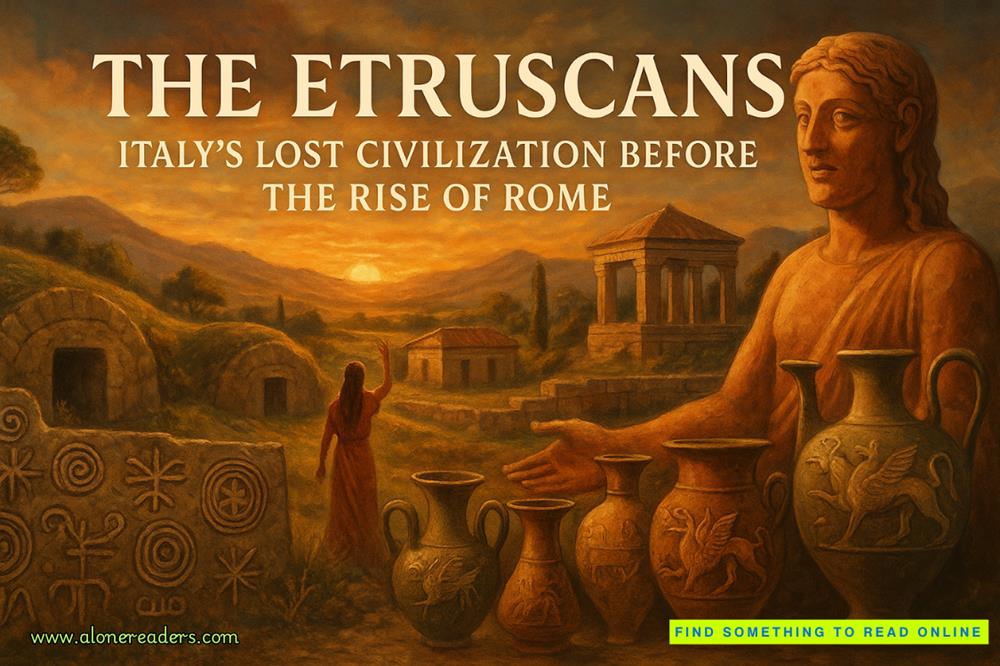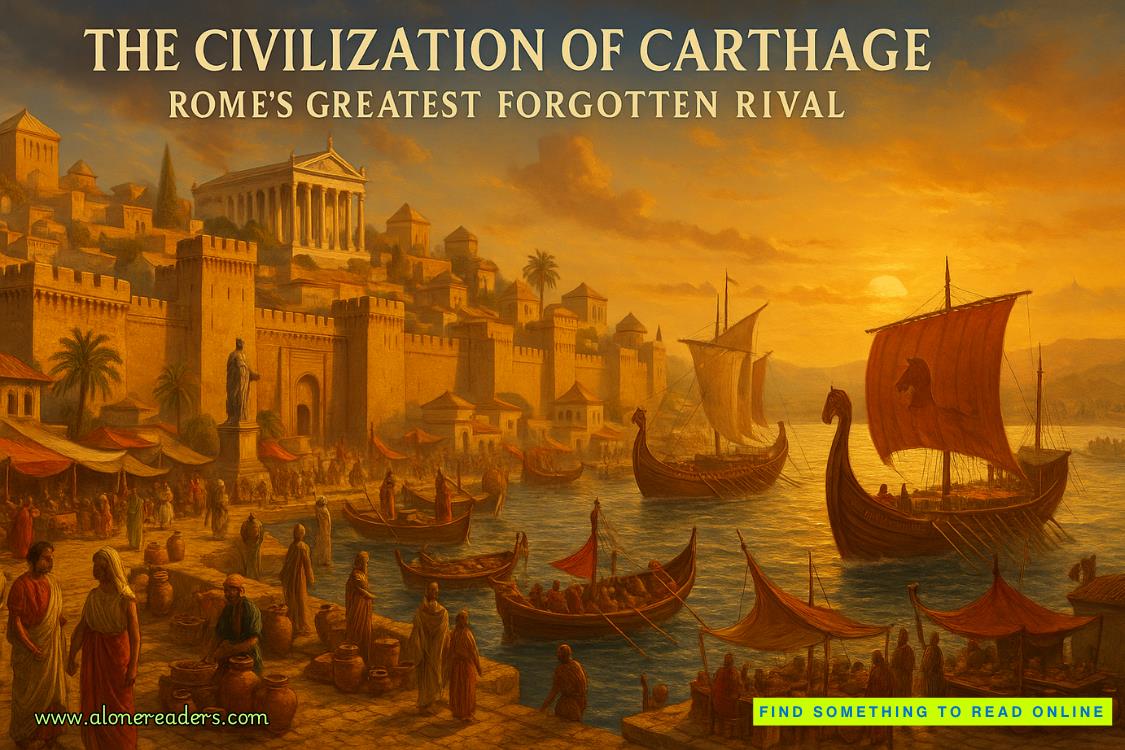Page 145 of To Die For
According to his shorthand notes, she had explained:If cyanide was combined with DMSO and was absorbed through the skin, it could kill more rapidly than typical in an absorption case.
Now he focused on the last sentence he’d written.
But even with DMSO, still not as fast as inhalation or ingesting it.
Devine assumed that was because of the way the poison was broken down in the body and dispersed. Going into the lungs directly, or into the gut, the damage would no doubt be faster than it sneaking into the body through the skin, where it would have a long way to go to have a fatal impact.
He scrolled back to the notes he’d taken from his conversation with Betsy Odom.
She’d said that a fewminutesafter leaving the two men, her parents started showing signs of poisoning. And then soon after that they were dead.
He went online and looked up cyanide poisoning. In cases of inhalation the person could, depending on the exposure level, concentration, and environment, experience symptoms within seconds and be dead minutes later. With ingestion, symptoms could start in about three minutes, unconsciousness could result in less than six minutes, and death would be in under twenty minutes. But the article Devine was reading also said that depended on how rapidly one’s gastric juices broke down the cyanide and turned it into the lethal hydrocyanic acid, commencing a body-wide organ shutdown due to lack of oxygen.
He then looked up absorption of cyanide through the skin. Time to death via that mechanism could be well over two hours depending on various factors. However, sodium cyanide combined with DMSO was labeled “LIQUIDDEATH” by a couple of websites he visited. Yet even after cutting the time to death down by 80 percent when combined with the DMSO, Devine still couldn’t account for how fast the Odoms had perished, which was pretty much right in the timeline withinhalationof the poison. But how could they have inhaled it when meeting with the two men without Betsy seeing something? Or the men being exposed, too, if they had used some type of aerosol? And Coburn said she had seen no signs of cyanide being ingested in either of the Odoms’ bodies. So that leftabsorption, unless Coburn had been totally wrong about that particular poison being used.
Then Devine realized he had made a critical assumption that had not been corroborated.
I’m assuming that the Odoms were exposed to the poison during the meeting with the two men. But there’s no proof of that. So what if it happenedearlier?
He did a timeline run-through based on what Betsy had told him, the driving distance from the restaurant to the spot where they had met the two men that had been in the autopsy reports. And then Betsy’s information that her parents had fallen ill minutes after driving off. So roughly twenty-five minutes after leaving Ricketts and meeting with the two men, they started to experience symptoms, with death quickly following. That would be a reasonable time to death via absorption of sodium cyanide, when combined with DMSO.
Devine sat back as the truth sank in.They were poisoned at the restaurant. Their last meal.
CHAPTER
66
AFTER A LATE NIGHT DOINGsome research on several law enforcement databases, and speaking with Campbell and other folks at DHS, Devine was getting dressed early the following morning when someone knocked on the hotel room door.
It was Saxby, focused and grim.
“Betsy’s still asleep,” he told her.
“I actually wanted to talk to you. After how it was left yesterday,” she added.
“Superiors order you here to try to repair the situation with more bullshit?”
“Can we just have a conversation, Travis? Please?”
They sat down across from each other.
He said, “I have a long to-do list so can you get on with it?”
“We have to assume that 12/24/65 knows about you taking Betsy back to her home. So we need to have a plan to counteract that as best we can.”
“You mind if I call them something else? Reciting that date is getting old.”
“What do you want to call them?”
“Let’s call a spade a spade. How abouttraitors?”
Saxby smiled. “Works for me.”
“And how do they know I’m taking Betsy to her home?”
“My father was an arborist, down in Arkansas. When I was growing up, he told me that the hardest part of his business was surprising his customers with unexpected news. That a healthy-lookingtree had root rot, or blight or some other disease that would kill it. But the worst of all he told me was one thing.”
“What was that?”















